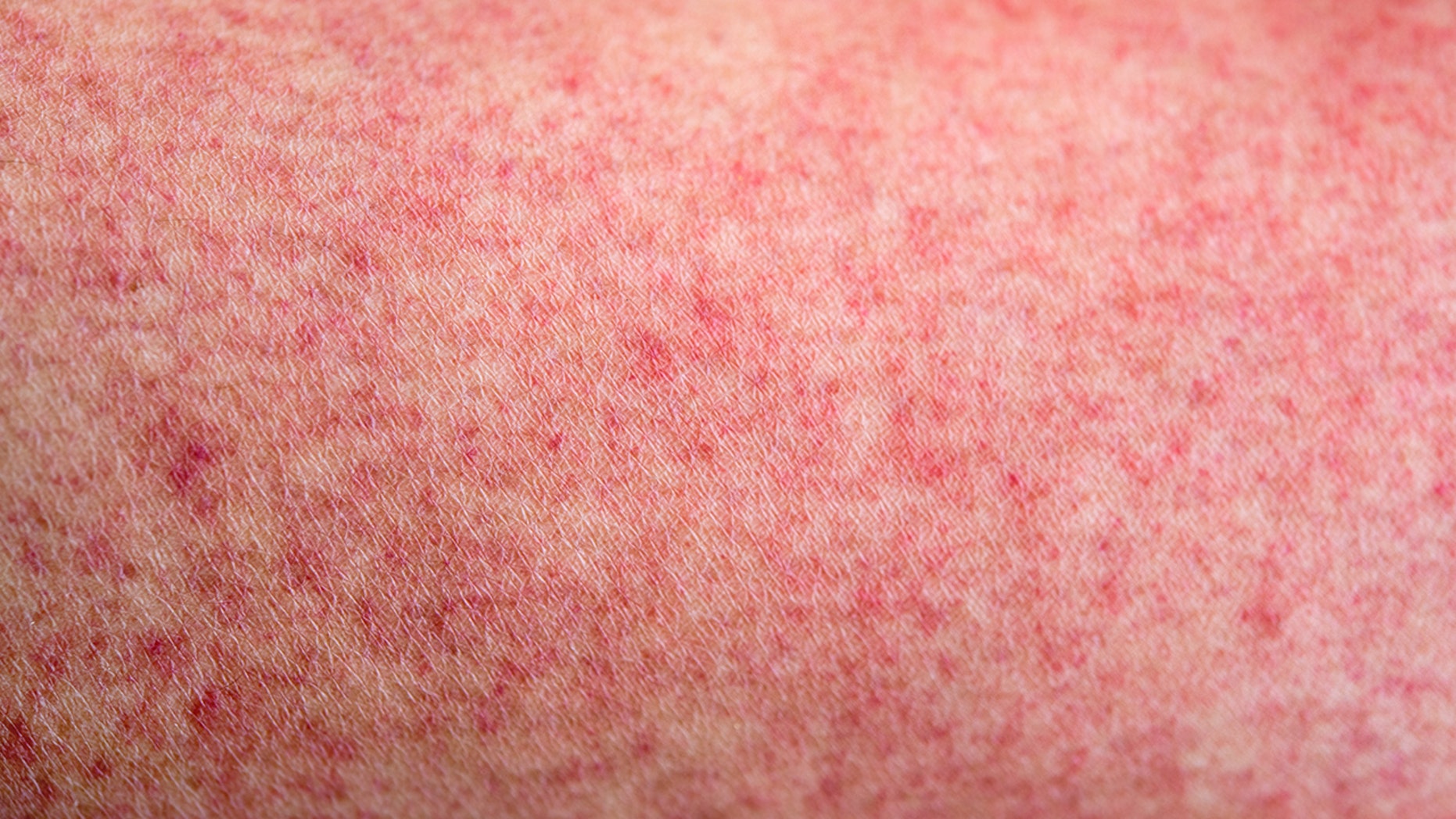
Vesicular: These rashes consist of tiny spots similar to chickenpox.Current data suggest that hives have links to milder cases of COVID-19.
#Covid rash skin#
Urticarial: Urticaria, or hives, consist of raised, itchy bumps on the skin that doctors call welts or wheals.Some may overlap to form larger patches of discoloration. It resembles measles in appearance, consisting of spots that scatter across the skin. Morbilliform: This is the most common type of rash.PMID 32608380.According to a 2022 review, some of the most common types of COVID-19 rash are: "Clinical and Histopathological Features and Potential Pathological Mechanisms of Skin Lesions in COVID-19: Review of the Literature". ^ Kaya G, Kaya A, Saurat JH (June 2020).
.jpg)
"Maculopapular skin eruptions associated with Covid-19: A systematic review".

This type of skin rashes may be seen in cold-induced vasoconstriction as seen in polycythemia or other causes leading up to focal impairment of blood flow. Livedo reticularis refers to slowing of blood flow, leading to desaturation of blood and bluish discolouration of the skin. Exanthems induced by viruses other than COVID-19 and drug reactions should be considered as differential diagnosis in the case of erythematous rashes. The erythematous rashes (redness caused by increased blood flow through skin capillaries) seen in COVID-19 are mostly present on the trunk and limbs, and associated with itching. Systemic corticosteroids are a therapeutic option for urticarial rash induced by COVID-19. These rashes are more commonly found in the trunk and limbs, relatively sparing the acral sites. Urticarial rash (hives) is seen in several bacterial and viral infections, so COVID-19 is no exception. This representation of cutaneous lesion has been described earlier in diseases having an overactive immune response and excessive cytokine release (example, systemic lupus erythematosus, adult Still's disease, and antiphospholipid syndrome). Hyperactive immune responses in COVID-19 patients can contribute to the induction " cytokine storm" (in particular, IL-6) these cytokines could enter the skin and trigger dermal dendritic cells, lymphocytes, macrophages, mast cells, and neutrophils, and can assist in the development of lesions such as maculopapular rash. Chilblains and Multisystem inflammatory syndrome in children are also cutaneous manifestations of COVID-19. The major dermatologic patterns identified in individuals with COVID-19 are urticarial rash, confluent erythematous/ morbilliform rash, papulovesicular exanthem, chilbain-like acral pattern, livedo reticularis and purpuric "vasculitic" pattern. Pernio-like lesions were more common in mild disease while retiform purpura was seen only in critically ill patients. 9.9%) and retiform purpura (blood vessel obstruction and downstream ischaemia, 6.4%) are seen in people with COVID-19. The American Academy of Dermatology reports that skin lesions such as morbilliform (measles-like rashes, 22%), pernio (capillary damage, 18%), urticaria (hives, 16%), macular erythema (rose-colored rash, 13%), vesicular purpura (purplish discolouration, 11%), papulosquamous purpura (discolouration with scale. Cutaneous manifestations related to coronavirus disease 2019Ĭutaneous manifestations of COVID-19 are characteristic signs or symptoms of the Coronavirus disease 2019 that occur in the skin.


 0 kommentar(er)
0 kommentar(er)
